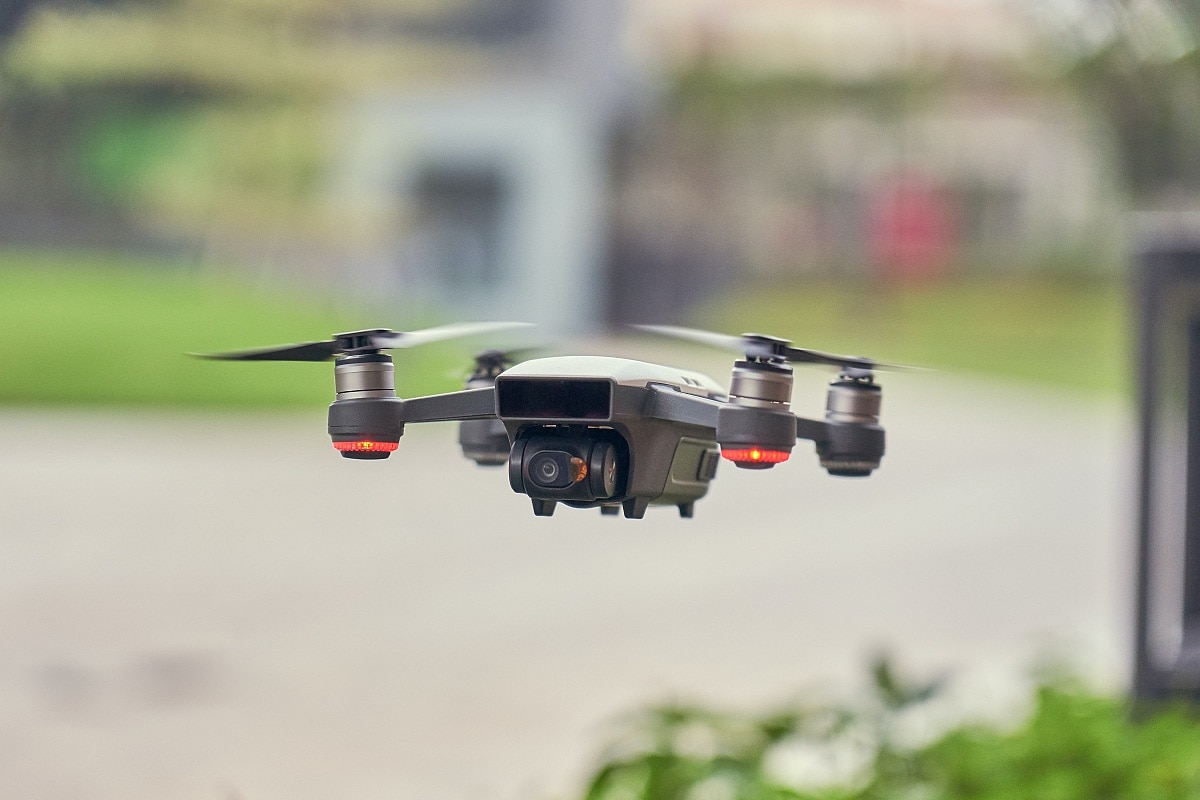
In a bid to tackle logistical challenges during COVID-19 testing, researchers from the Texas A&M University School of Public Health have explored the use of drones for delivering COVID-19 diagnostics kits directly to the homes of suspected patients. Home test kits have proven effective in getting an accurate diagnosis of COVID-19 without the need of stepping out and risking the transmission of the infection further. However, obtaining these test kits often comes as a challenge for many who suspect they have contracted the virus.
In order to solve this, researchers have developed a new technique where drones could be used to efficiently deliver COVID-19 test kits to individuals. In the study, published in the Journal of Intelligent & Robotic, the team has proposed a method to schedule the delivery of the kits using drones dispatched from trucks.
Murray Cote, associate professor at the Texas A&M University School of Public Health and an author of the study, analysed the problem with his team as separate truck and drone components. They first tried to minimise the travel distance of the truck by optimising the scheduling time and then worked to minimise the delivery time taken by the drone.
In the first stage, the new method works by identifying feasible routes for trucks and drones. Then, in the second stage, a heuristic algorithm is used to explore the different combinations of routes to improve the initial solution suggested.
While evaluating their new method, the team was successful in using the technique for spotting an efficient routing schedule after roughly one hour of computing time. They also demonstrated the effectiveness of their method by showing the total time needed for the deliveries, the number of people involved in the process, and the rate of virus transmission as compared to face-to-face testing.
It was observed that the proposed method could help reduce the transmission of the virus during testing by a factor of 7.5. The researchers believe that their method can be used in both rural and urban areas to efficiently deliver CVOID-19 diagnostic kits.




















